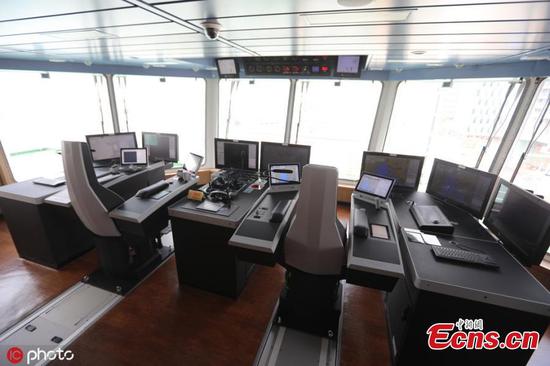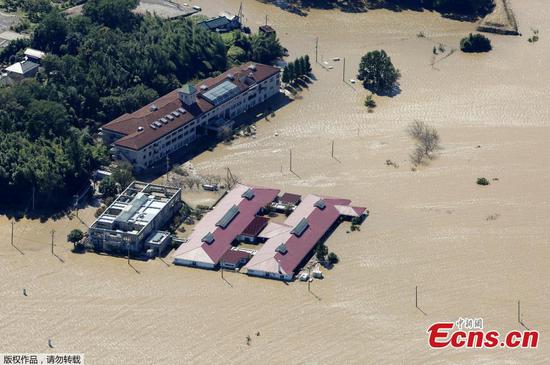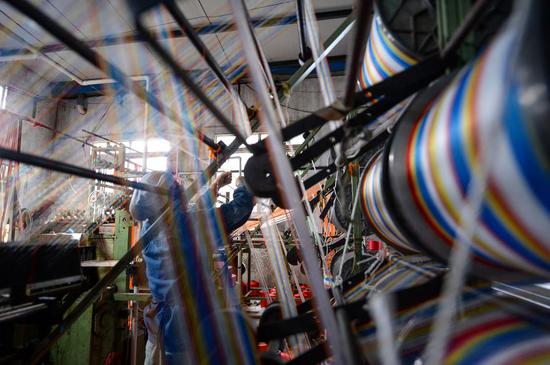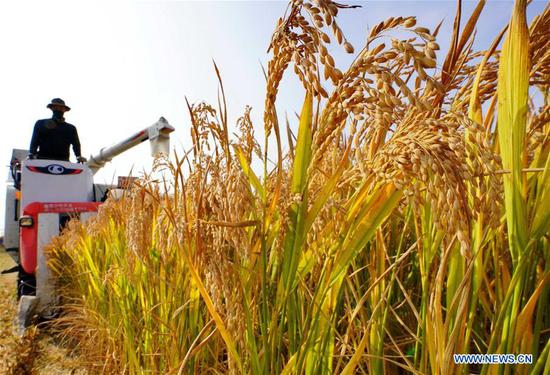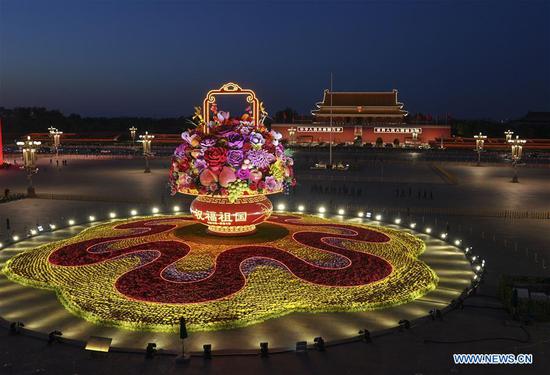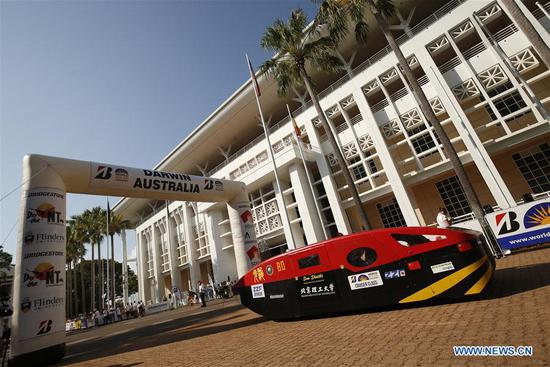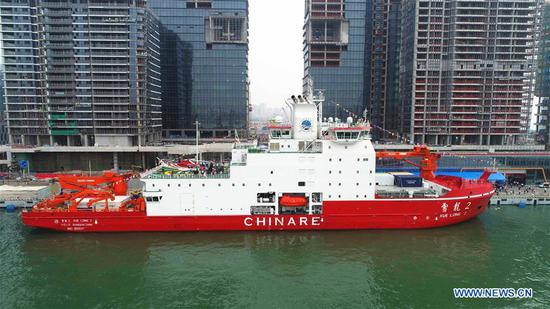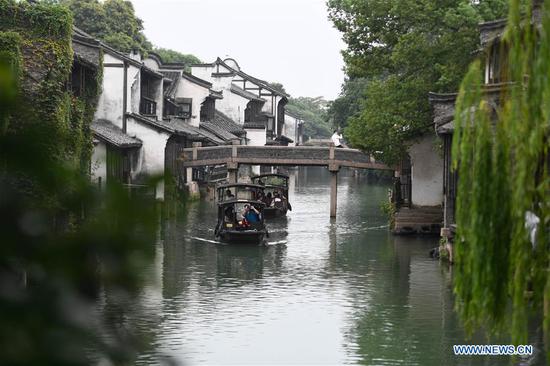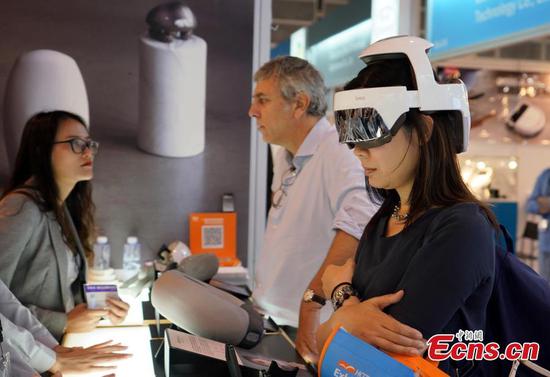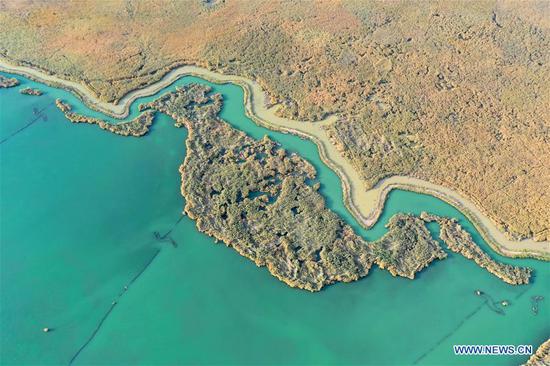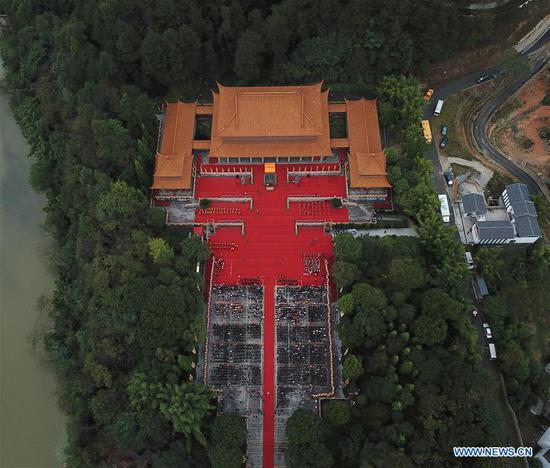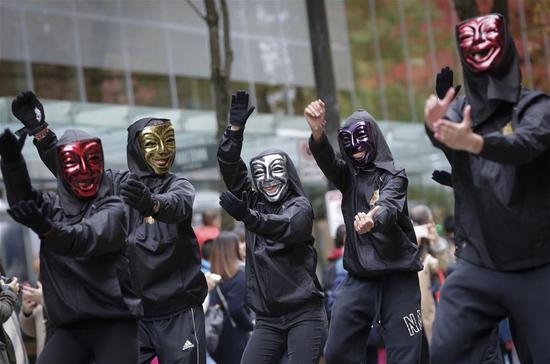New customs data shows China's imports and exports totaled 23 trillion yuan in the first three quarters of the year, up nearly three percent from a year ago.
Exports grew by more than five percent while imports edged down slightly. But data for September alone gave a different picture, with exports and imports falling by three and nine percent, respectively.
Professor He Ping, of the School of Economics and Management at Tsinghua University, believes that is consistent with the industrial transfer China is undergoing right now. Provinces in central and western China have cheaper labor and cheaper land.
Trade in China's western and central provinces jumped by nearly 12 percent and 12.4 percent, respectively.
Professor He also explained "the customer production is much cheaper than the coastal area. So I think China is experiencing an industrial transfer from coastal areas to the western and middle parts of China. Actually, the trade data (is) consistent with that."
"China's trade value for the first three quarters is up 2.8 percent year on year. But imports dipped by 0.1 percent year on year. I think most life necessities could be found in China and we can reduce some imports from outside that do not affect our consumers' lives as much," Professor He said.
Analysts attributed the downbeat results to weak global demand and a major escalation in the tit-for-tat trade war between China and the U.S.
Customs data also indicated that the European Union, ASEAN and the U.S. were China's top three trading partners from January to September.
The total trade value between China and the U.S. fell by 10 percent year on year to about 2.8 trillion yuan from January to September. The numbers came out just after the two sides concluded their latest talks last week.
Negotiators said that they covered such topics as agriculture, intellectual property and technology transfers. They also said that "substantial progress" had been made. However, officials on both sides pointed out that much more work needs to be done before a final agreement could be reached.
As the U.S. enters a year of presidential campaigning, the Trump administration will be under pressure due to economic weakening, so probably it is a good time for the Americans to step up negotiations with China, according to He.
So what needs to happen from here on to ensure that both sides build on the phase one deal and further de-escalate tensions?
Professor He said this "phase one deal" is a good start, but it doesn't mean the global economy is out of the woods yet.
"I think in the short run, if you pay attention to the details of (the) deal, most of the agreements on U.S. demand are what China should do for U.S. I think the U.S. actually responds to China's demand. What do we need? I think Beijing has mentioned that at least the additional tariffs should be canceled in the short run.
"Over the long run, I think the U.S. probably needs some shift. In particular, they should understand the trade imbalance was not caused by China, but probably some by the international trading system as well as the international monetary system," Professor He concluded.









